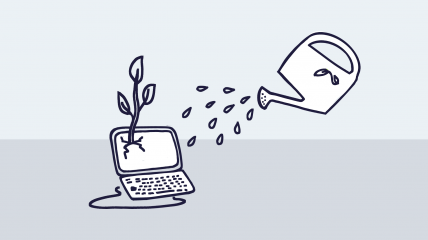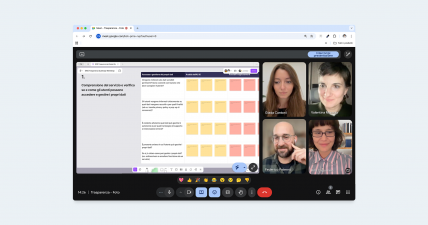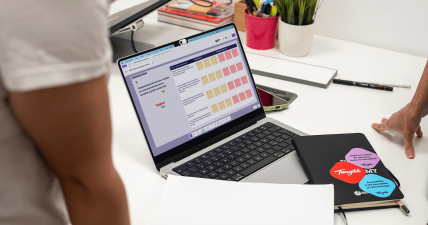Thinking
Designing with Conscience: An Open Dialogue with Trine Falbe
Together with Trine Falbe, we explore the challenges and opportunities of Ethical Design and its transformative value for business.
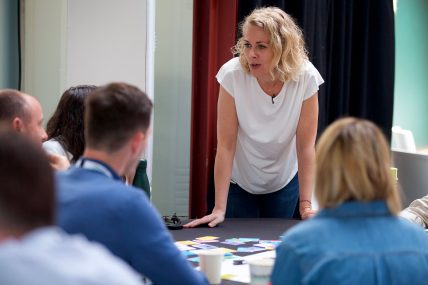
The genesis of this event is closely linked to "The Ethical Design Handbook", as indicated in one of our previous blog posts where we introduced the protagonists of the workshop. After a deep reading, Nicolò, our CEO, felt so inspired that he contacted Trine Falbe, setting the stage for a productive collaboration. This partnership has not only enhanced our connection with the world of ethical design, but has also led to the organisation of the special event in Milan this coming 17th November.
Ethics by Design: Mastering Ethical Principles for Businesses in Transformation, will be a full-day workshop that will introduce and guide participants through the challenges of ethical design.
As we eagerly await our gathering in Milan on 17 November, we had the opportunity to have a chat with Trine about the challenges and opportunities of ethical design in a business context. Enjoy the read!
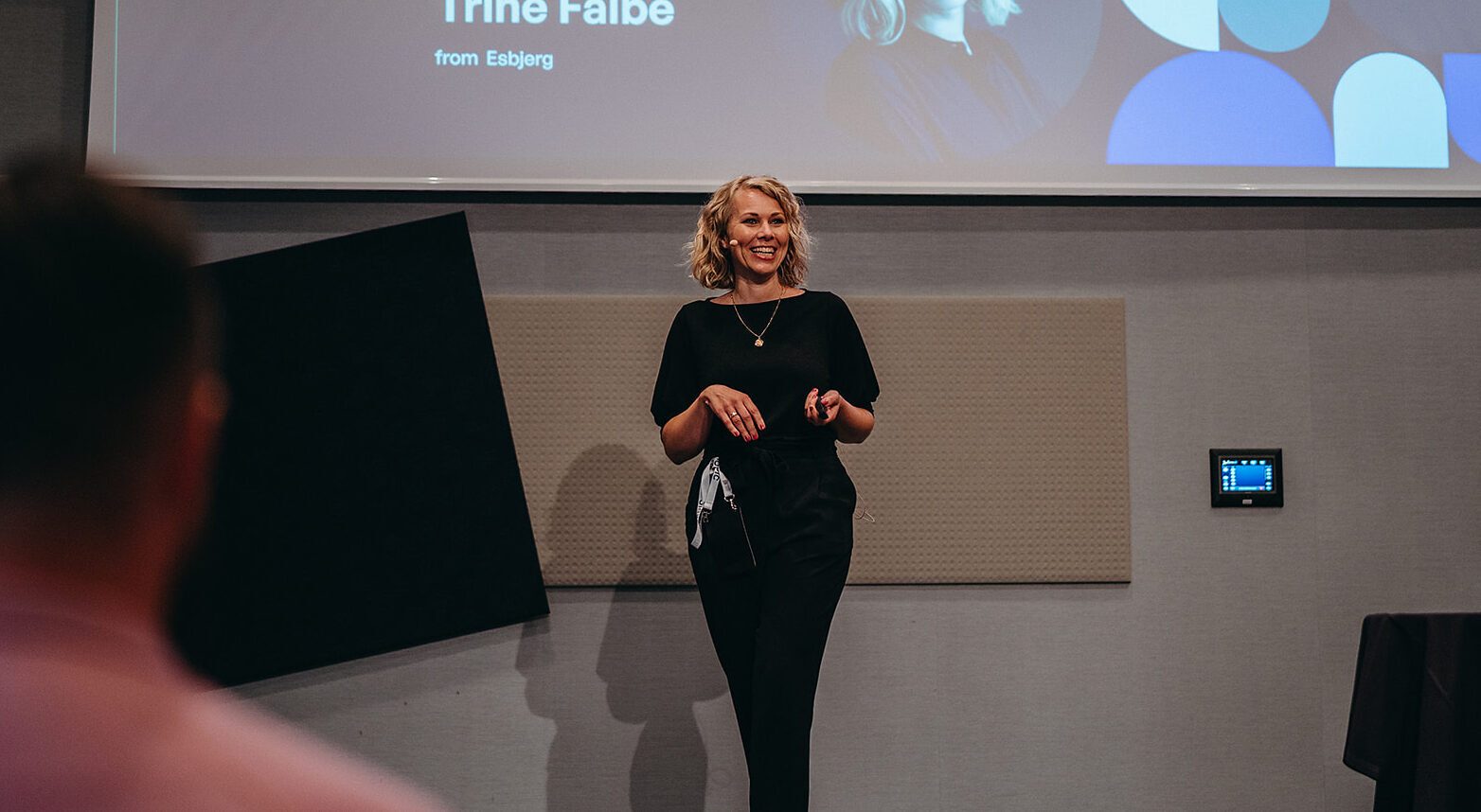
Tangible: Thank you for joining us today! For our audience who might be less familiar with your work, could you briefly introduce yourself and share what inspired you to delve into the realm of ethical design and ultimately write 'The Ethical Design Handbook'?
Trine: I've been working in the digital space for 20 years, mostly in UX. I've always been motivated by using technology to solve problems and make people's lives easier and better.
When I started working in the kids space in 2015-16, I saw how much work there was to be done on the ethics spectrum, and how much harm was done to kids in this environment that was never designed for them or with their best interests in mind.
And so with that, I started focusing specifically on using my knowledge to do better. To build things that were more ethical, less harmful. And help others do the same.
This led to the first book that I wrote with Martin Frederiksen and Kim Andersen called "White Hat UX" which was a lightweight book on how to move from deceptive design to more ethical design patterns in UX.
But since the book came out, things in the industry just went from bad to worse. Technology enabled the big tech companies to harvest more data, build more advanced algorithms, use more deceptive design... so we felt it was time to write another book, which was "The Ethical Design Handbook of 2020", which aims to help people build digital businesses with an ethical lens from the ground up, with a focus on not just the design or development processes, but also the business development itself.
I've spent a number of years as a consultant, and these days I transform education at Smart Academy, all with the goal of empowering people to thrive and succeed at work.
I am also the proud co-founder and CEO of SimpleUX, an app made for simple, moderated UX testing.
Tangible: How would you define 'ethical design' in the context of today's digital age, and what do you see as its most critical implications for both end-users and the business world?
Trine: In the Ethical Design Handbook we define ethical design as
Growing businesses, products, and services from a principle of fairness and fundamental respect towards everyone involved.
This definition might need some translation to become actionable, which the 3 principles extracted from the definition helps us achieve. The principles are:
- Equality: Prioritise diversity and inclusion to guardrail against unintended bias, exclusion and negative consequences for the users and for society.
- Transparency: Use non-manipulative design practices and clear, honest communication to build trust, credibility and long-term relationships with customers and partners.
- Privacy: Respect user privacy in data collection, storage and processing to maximise security, credibility and ethics in all services delivered.
These guiding principles can be used in any aspect of company operations, from product strategy to monetisation.
Tangible: In light of Don Norman's mention during the 'Design for Tomorrow' panel companies may abandon ethical practices during economic crises, how can businesses be educated to prioritise ethical design principles, especially when these principles seem to conflict with immediate growth, profitability, or stakeholder demands?
Trine: Economic vulnerability is often seen as a barrier for transformation, but I’d argue that for ethical design, it can actually be the opposite, if we look at ethical design as a competitive strategy.
There are a number of factors around us that are changing.
Consumer behaviour is changing as we speak. There is a significant rise in the "Conscious Consumer" movement, and consumers increasingly prefer to buy from businesses whose values align with theirs, according to the most recent Salesforce’s State of the connected Customer report. The same report reveals that 65% of consumers have stopped buying from companies they consider distrustful.
We’re also seeing an increase in legislation around sustainability, not just the E (Environmental) in ESG, but also the S (Social) and G (corporate Governance).
These facts are clear indicators that a change towards a more ethical design practice can prove to be the competitive advantage to stabilize and ensure sustainable profit and growth for companies.
Tangible: Today, the metric of success for many companies is profit. With an increasing emphasis on data-driven decision-making, how can companies ensure their success metrics don't overshadow or undermine their ethical design principles?
Trine: Indeed, the traditional way of measuring success are through the standard business objectives of viability and desirability. But what if businesses extended their usual ways of measuring success to also include a focus on ethical design principles? This would result in an increased focus not just on financial value, but on human value.
It’s important to understand that financial growth and ethical design are not mutually exclusive. It’s a matter of extending, not replacing, metrics.
We can look at some specific examples:
For equality, we could measure on our diversity considerations, both in product and in the organisation. For transparency, we could measure on how we conduct tests and how we identify and remove deceptive design patterns. For privacy, we could monitor our cookie usage and data collection.
When companies start looking past the traditional measurements of success, that’s where the transformation really starts. We can’t change what we don’t know. So the first step is to know what we want to put the spotlight on to ultimately improve it. Next, we define the KPI, and lastly, we wait patiently until we have sufficient data to help us understand where we are, and where we are heading, and where we want to move to.
Tangible: From your experience, what are some of the most common challenges companies face when trying to integrate ethical considerations into their design processes, and how can they overcome them?
Trine: The typical pushbacks that we see in companies are rooted in culture and existing processes, because integrating ethical design means that the organisation has to transform in some ways. We often hear the question of “how will this improve our bottom line?” and “why should we do it?”.
As mentioned before in this post, ethical design can prove to be a powerful competitive advantage, but transformation takes time. So the first thing to understand is that patience is required.
If you’re in the position where you need to convince someone that ethical design is the way forward, it’s worth speaking their language (business language). Ethical design will result in increased brand trust, customer satisfaction, cost-efficiency and employee happiness (which equals employee retention), all of which contribute positively to the bottom line.
Tangible: You've designed the 'Pre:Sprint' tool, emphasizing the need to reconsider traditional design sprints and think more deeply about the boundaries of a project. What drove you and Tanya Junell to create this tool, and how does it address your critiques of the typical design sprint approach?
Trine: "Pre:Sprint" has been years underway. Simultaneously with the writing of "The Ethical Design Handbook", Tanya Junell and I started to discuss ways to marry the ethical design principles with principles of innovation.
This became the starting point for what Pre:Sprint is today.
The PRE in "Pre:Sprint" is short for Purpose, Responsibility and Ethics. These key elements are the driving forces of all the activities that make up the framework:
- Purpose: to align with a mission for the initiative
- Responsible: to guardrail against unintended harm
- Ethical: to make decisions with impact in mind
A "Pre:Sprint" should actually be run before a design sprint, because it helps set the direction of the project as a whole.
"Pre:Sprint" is different from a traditional design sprint, because it takes any initiative and applies an ethical lens, ultimately enabling the company to fold ethical principles into the project. The traditional design sprint has a complete lack of guardrails to prevent unethical decision-making, and that’s what we want to introduce to the innovation space through "Pre:Sprint".
Tangible: In our workshop, we'll delve into a pressing topic, AI. Given its rapid advancements, what new ethical challenges do you anticipate designers will face in this domain?
Trine: This is a blog post series of its own, but overall, there are deep ethical concerns in the way AI is informed, how its bias is shaped and how this bias actively shapes more bias.
AI is certainly a powerful tool for all sorts of imaginable and unimaginable things, but the way it is uncritically used, and the lack of protection on intellectual property are just some of the deep concerns we must discuss, not just as an industry, but as a society.
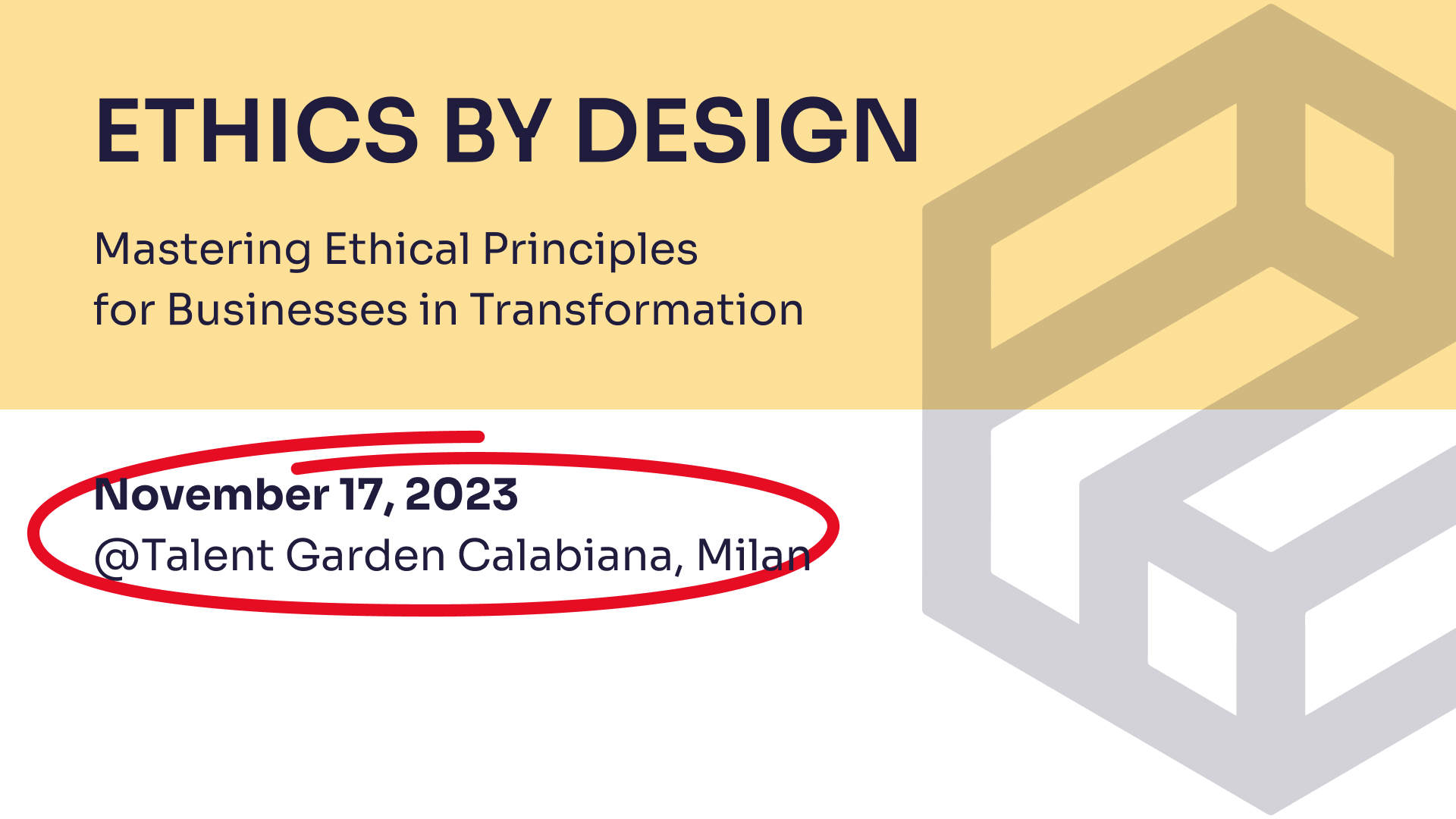
Tangible: Looking ahead, how do you envision the evolution of ethical design in the business landscape, and what advice would you offer to upcoming designers and companies aiming to make ethics a core part of their design philosophy?
Trine: My hope is that as we move forward and more and more businesses adopt aspects of ethical design, others will follow because they have proof that it’s a true and tested strategy. The companies that are now embracing ethical design principles will act as beacons for others. Their boldness and vision will be the catalyst that encourages others to follow suit.
To aspiring designers and businesses, I'd say don't be afraid to explore and embed ethics into how you design. It will not only be good for your brand's reputation, but also for the development of more inclusive and fairer products and services.
__________________________________
We would like to thank Trine Falbe for this enlightening Q&A session and for addressing these important issues. Her insight and experience are invaluable and we're grateful for her willingness to share her wisdom.
If you share our excitement to delve deeper into the principles of ethical design and would like to spend a day with Trine and us to hone your skills and fuel your passion, then take the opportunity to register for her workshop in Milan at Talent Garden Calabiana on 17 November.
The workshop will not only be a chance to deepen your skills in ethical design, but also a meeting place for like-minded designers and professionals, offering opportunities for networking and collaboration.
Book your spot now!
